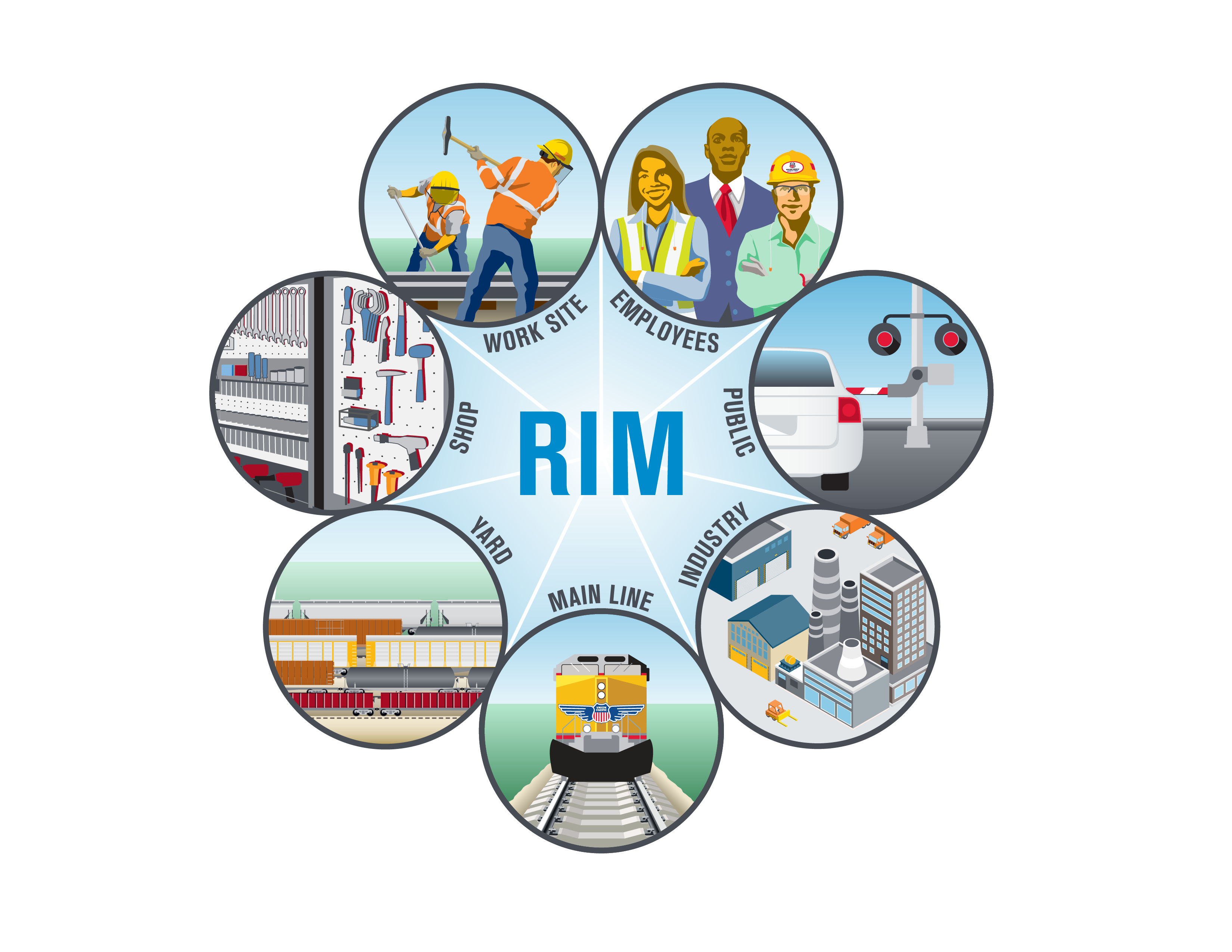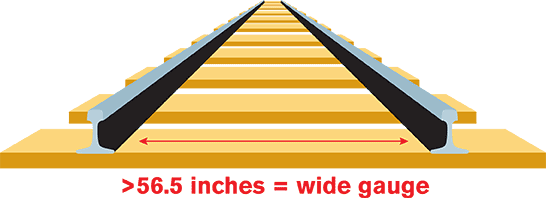Preventing Derailments at Customer-Owned Facilities

To help prevent derailments and maintain safe shipping conditions, our Risk Identification Management (RIM) process looks at seven areas: employees, the public, industry, main line, yard, shop and work site. "Industry” pertains to tracks at customer-owned facilities, and there are a number of actions customers can take to help prevent derailments.
Preventing derailments is important to customers, as doing so helps avoid disruption of service and impacts to their supply chains. But most importantly, taking action to prevent derailments keeps your employees and Union Pacific crews safe.
The following guidelines can help you do your part to keep conditions safe and to keep shipments moving.
Download a printer friendly version here.
Inspect the Track at Your Facility
To ensure track is in good working order:
- Inspect all rail track within your facility quarterly.
- Use a qualified contractor to perform inspections.
- Perform regular and consistent maintenance of all rail infrastructure.
- Train all employees to look for potential hazards or defects.
Look for Wide Gauge Tracks

Having the proper width between rails is an important part of maintaining safe conditions. Also known as “gauge,” the standard measurement between the inside of rail track is 56.5 inches. Gauge width beyond this, known as wide gauge, may lead to train derailments. Wide gauge can be caused by lateral rail car movement on tracks and weak rail ties.
Common ways to inspect for wide gauge include:
- Checking for loose or missing joint bars and bolts.
- Inspecting track for broken railroad ties, loose or missing spikes and tie plates cutting into the railroad ties.
- Looking for mud on top of ballast, which may indicate a weak foundation and inadequate drainage.
- Checking for broken switch points, which may create a gap between the rail and point, allowing the wheel of a rail car to travel down the wrong track.
- Keeping an eye out for diminished structural integrity, such as poor tie conditions or spike quantity, which may also result in buckled or rolled rail.
Prevent Sideswipes: Install Clearance Cone Markers
Preventing sideswipes within a facility can also prevent industry derailments. These incidents can occur when rail cars are left beyond clearance points and switch crews are unaware the track is obstructed.
Installing clearance cone markers can help. Clearance cone markers will specifically identify where cars can be spotted, while not obstructing an adjacent track. Painting two railroad ties 15 feet back along the cones is also recommended.
Thank You for Doing Your Part
Thank you for doing your part to keep your employees and Union Pacific crews safe. We appreciate your dedication to safety. If you have any questions, please contact your Union Pacific sales representative.
